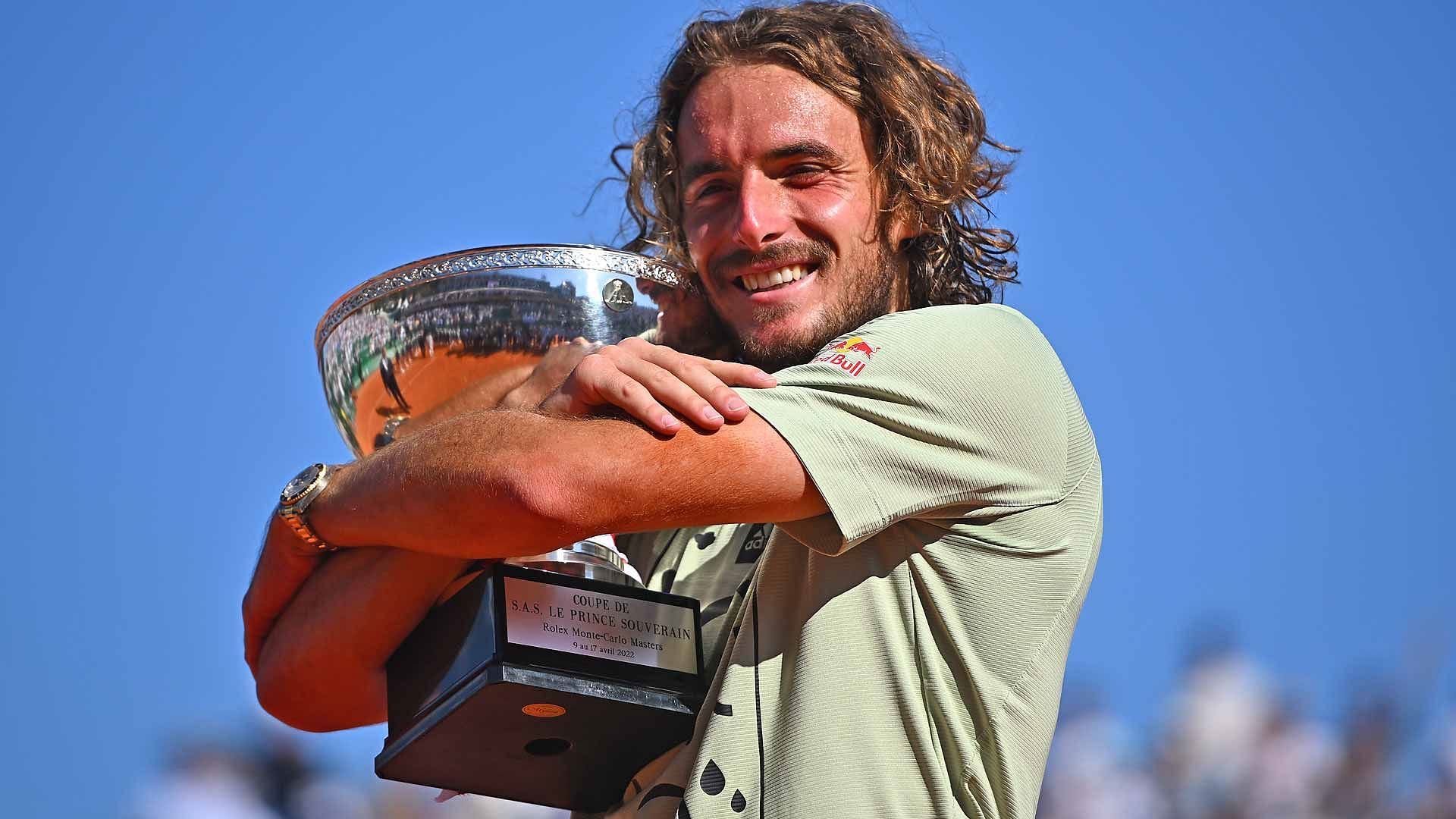
Monte-Carlo Masters 2022: 3 things that stood out in Stefanos Tsitsipas' title win

Stefanos Tsitsipas won the Monte-Carlo Masters title for the second successive year by defeating Alejandro Davidovich Fokina 6-3, 7-6(3) in the final on Sunday. It was the second Masters 1000 title for the 23-year-old Greek.
The world No. 5 demonstrated imperious form throughout the tournament to clinch the title and reaffirm his status as one of the best claycourters in the world. He is also the favorite to win the Barcelona Open, which is already underway.
On that note, let’s take a look at the three things that stood out in Tsitsipas’ win at Monte-Carlo:
#1 Stefanos Tsitsipas had (mostly) smooth sailing throughout the tournament
The Greek did not have to work too hard to win his second title in Monte-Carlo. His only scare was in the quarterfinals against Diego Schwartzman, when he fell 4-0 behind in the third set. But he responded magnificently to take the next six games and win the match. Tsitsipas won all his remaining matches, including the semifinals and the final, in straight sets.
He made short work of Alexander Zverev in the semifinals by thrashing the German 6-4, 6-2 and then got the better of Davidovich Fokina without breaking too much of a sweat. He was stretched in the second set of the final, but was always in command in the deciding tie-break.
#2 Stefanos Tsitsipas’ backhand was targeted, but he adjusted extremely well
Even before the tournament started, it was obvious that Tsitsipas’ backhand was going to be targeted by his opponents. But the Greek adjusted wonderfully well. He played a lot of backhand slices against Zverev to drag the German to an advanced court position and then finished the points with impeccable passing shots.
In the final, too, Tsitsipas held his own in the backhand crosscourt exchanges and waited for the Spaniard to commit errors, which he did. Tsitsipas broke Davidovich Fokina in the eighth game of the first set when the Spaniard hit his crosscourt forehand wide after having engaged in a rally that involved a lot of crosscourt backhands. Tsitsipas also played a lot of inside-out forehands in the final to nullify his opponent’s strategy.
#3 Stefanos Tsitsipas served well and executed his passing shots clinically

Tsitsipas’ first serve helped him immensely throughout the tournament. He fired eight aces against Zverev and won 75% of his first serve points against the German. In the final too, Tsitsipas won more than 70% of his first serve points and that helped him to stay in command for the majority of the match.
Tsitsipas also played his passing shots very well off both wings. He allowed his opponents to take risks by approaching the net and then executed his passes wonderfully. In the final, Tsitsipas adopted a disciplined and patient approach from the baseline and refrained from rushing to the net frequently even though his opponent did.
As a result, the Greek committed only 11 unforced errors and hit 21 winners, a considerable portion of which came through passing shots past his onrushing opponent.